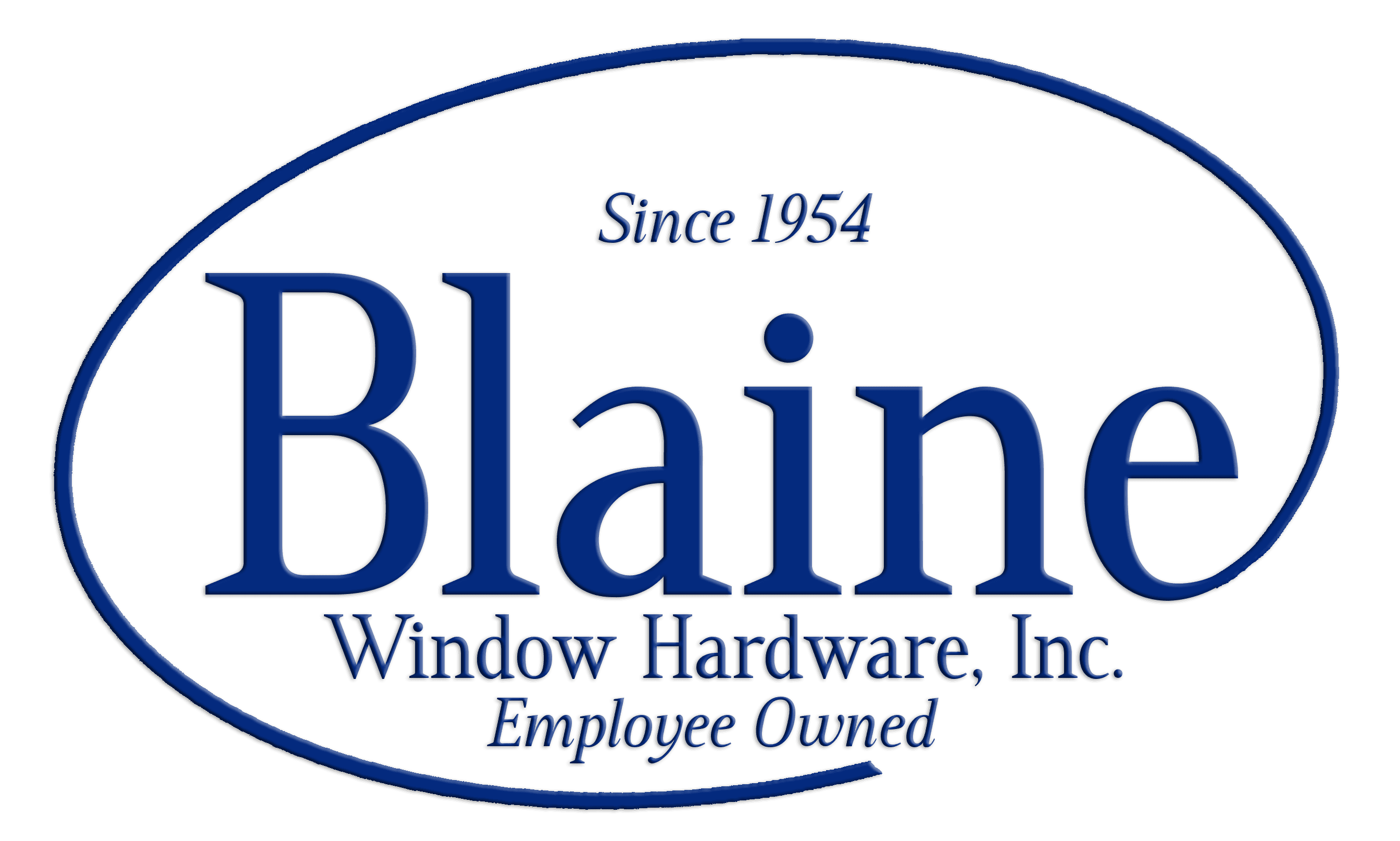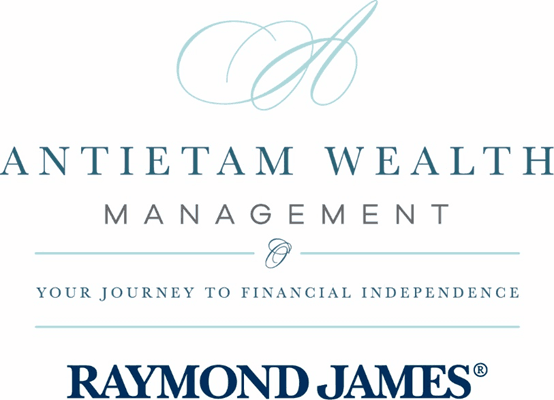
I know this kind article is usually a beginning of a new year kind of thing, but June marks the mid-point of 2025. Hard to believe we’re here already! Maybe, just maybe, it’s a good time to look into the crystal ball with half this year under our toolbelts and see what could lie ahead in the next 5 years?
New home construction predictions for 2025 to 2029 are a mixed bag shaped by the economy, government policy, and shifting demographics. That might be an understatement! So, here’s a look at what could be coming at home builders in the next 5-years based on available data from multiple sources including governmental agencies, news articles and home builder business organizations:
- Housing Starts and Supply: The Congressional Budget Office projects housing starts to average 1.68 million units annually from 2025 to 2029. Sounds great, right? But after 2029 we could see a drop to 1.52 million per year. Single-family starts should see growth in this time frame, with forecasts of 13.8% growth in 2025, reaching 1.1 million units, driven by demand and easing regulations. Easing regulations is not something we’ve seen locally. Feels like the opposite. Multifamily starts may dip to 327,000 units in 2026–2027 before rebounding to 2.25% of total housing stock by 2028–2029. As of January 2025, there was a glut of new homes, approximately 7.3 months’ supply, this varies by market location and may/will temper construction in these areas until they are absorbed.
- Construction Spending: The future looks bright for residential construction spending as this is expected to rise by about 13% in 2025 and a little over 12% in 2026. Multifamily spending could grow, but is expected to be slower at 9.5% in 2025, then possibly increase sharply to 17% in 2026. This is a shift from the recent contraction to expansion. High material costs, labor costs and a shortage of good quality labor will remain challenges.
- Market Dynamics: Hopefully, with growing new construction this should ease the tight inventory situation we see in many markets. This should then lead to a more balanced market by 2028. Affordability will remain one of the bigger drivers. This is driven by high mortgage rates, currently bouncing around 6.5%-7.5% for a 30-yr fixed. By 2027 there is the possibility of rates moving downward. It is possible we could see rates heading as far down to 5.5%–6.0% in 2028 to 2029. Policies like streamlined zoning and federal land availability could boost construction, but proposed immigration restrictions may reduce the construction labor supply, raising costs.
- Regional and Sector Trends: Growth, seems to be the word. Where you might ask? In single-family homes and townhouses, with the latter already at a 17-year high due to affordability and land constraints. The markets with highest demand, like suburban and rural areas, will continue to see more demand and activity, while oversupplied metro areas may face declining prices. Builders will need to continue to focus on the energy efficiency of their home designs, driven in part by government regulation and homeowners looking to keep their power consumption to a minimum for many reasons, including maintenance costs and climate change. Smart home integration is also becoming more prevalent as the technology, ease of use, AI and buyer preferences push deeper into the home builder space.
- Challenges: I’ll narrow this down for you all, Life and living, but that’s another article all together! Moving on!! Financing costs, labor shortages, and supply chain issues will continue on the higher side and could/will constrain growth. The “lock-in effect” (I had to look this one up!) basically, these are homeowners who are reluctant to sell due to the low-rate mortgages they have. Remember back in 2021 when rates dropped to less than 3%? Those homeowners bought or built their “forever” home whether they knew it or not at the time. These people just won’t move now! They are helping to keep existing home inventory low. This has increased the reliance on new construction to meet demand, estimated at up to 4.5 million homes through 2030.
So, what this all mean? In a nutshell overall new home construction should continue to grow moderately going out the next 5-years, with single-family homes leading this trend, but affordability, labor, both cost and supply and government policy uncertainties will shape this pace and impact for the near future.






















